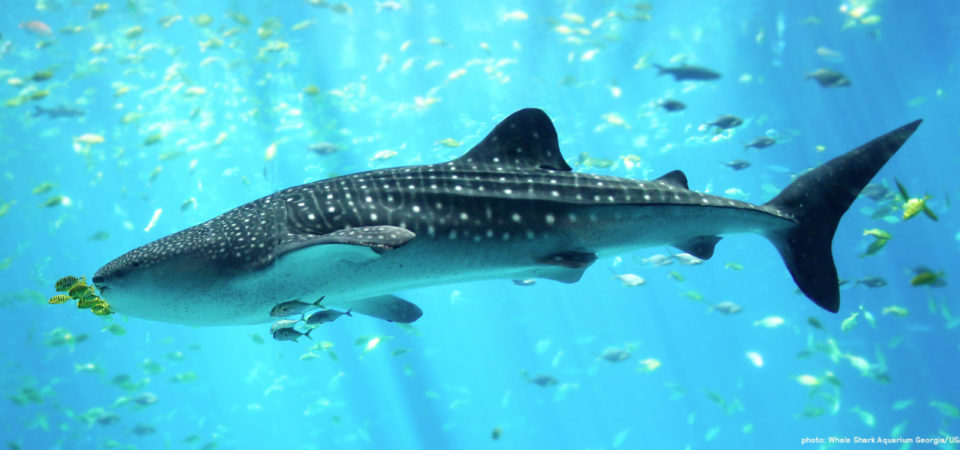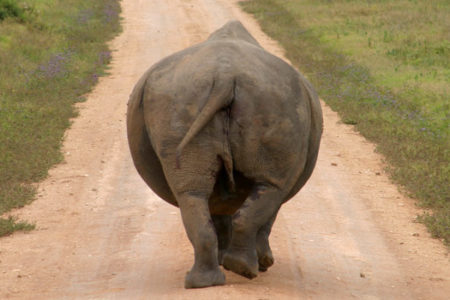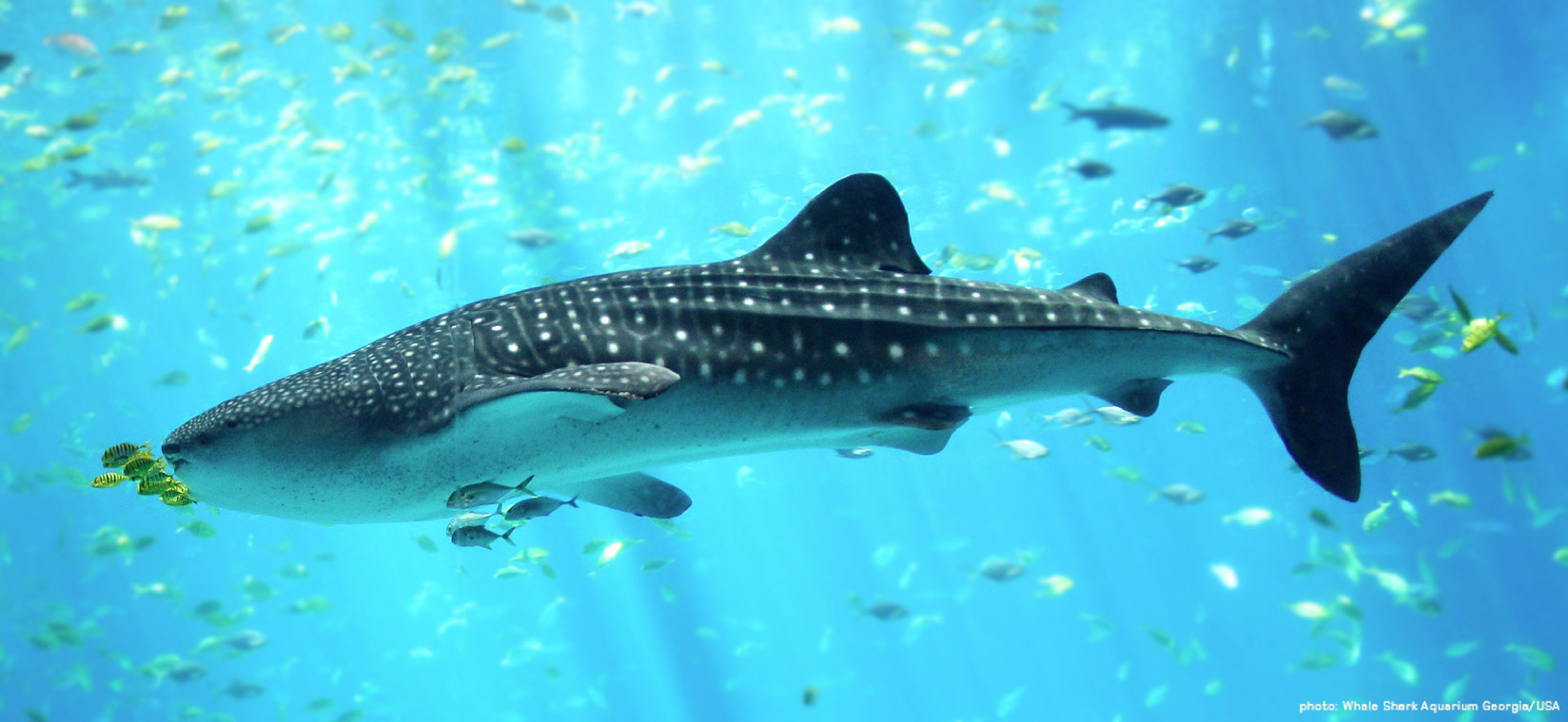
This could be the plot for a new movie of Walt-Disney-Productions: A young, beautiful and idealistic conservation activist fights the plan of a smart entrepreneur who tries very skillfully to convince the local authorities and costal communities of the entrepreneur’s project, to cage the biggest fish on earth and use it as a tourist attraction. This might be a quite simplified and striking statement in the way like “The Beauty And The Beast“. But having a closer look to this matter, one could get this impression quite easily.
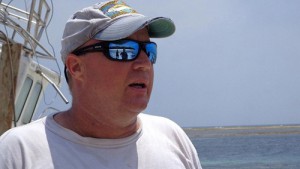
The entrepreneur’s name is Volker Bassen, a Swede with German roots who lives at the Kenyan coast since the early 1990’s.
According to his own information, he is an under-water film director, a pilot, a dive instructor, a camera man, a captain, a fisher man and – this is what it’s here about – the founder of the EAST AFRICAN WHALE SHARK TRUST (EAWST).
A real entrepreneur who also knows to use the media for his goals. About two month ago, a documentary was shown on German television about Bassen’s controversial project of an open sea enclosure for whale sharks at Kenya’s Diani Beach, a famous tourist spot in the south of Mombasa.
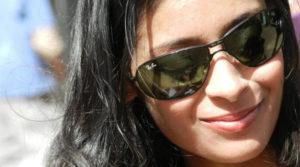
Raabia Hawa, Bassen’s major opponent, is well known in Kenya and can likely be called a media star. Hawa is presenting her three-hour radio show ”This Is Life” every Saturday morning on Metro East FM Radio in Nairobi. More than that, she is managing a network of environmental activists and works as an honorary warden for the KENYA WILDLIFE SERVICE (KWS), which is the official Kenyan wildlife authority.
Nevertheless, the term ‘honorary warden’ might be a little confusing: Instead of sitting behind a big wooden desk she is giving the fight against poaching a face in the public by organizing demonstrations, info-events and often being invited to TV-Shows as an expert. Beside that, she is also operating on patrol with the KWS-park-rangers out in the bush destroying traps to make the poachers bloody work as difficult as possible. Being a beautiful young lady, she is anything but touchy and goes where it hurts, where the sun burns the savannah and where you get blisters on your feet of hours of marching. So she is extremely respected by the professional park-rangers.
With the EAWST, Volker Bassen’s venture plan is to establish a free-water aquarium constructed with polyethylene nets, which should be held on the sea ground with heavy anchor chains and at the surface with buoys. Thus, the nets should form a circle of about 16.000 square meters by a diameter of 600 meters, which could be extended later up to an enclosure with a length of 2.000 meters and 600 meters width, in case the responsible authority and the local community agrees.
Part of the plan is a research station under cooperation of several top scientists, because from the scientific point of view most aspects of the whale shark’s life is unknown. The station should also have a protection and care station for insured marine creatures of any kind plus a program to breed whale sharks in captivity.
The whole project shall be financed by tourism, so, Bassen says, Kenya would be the only country worldwide where tourists can swim with the biggest fish in the mornings and watch the biggest land animals like elephants and rhinos in the afternoon. There are enough examples which proves that wildlife conservation and tourism are consistent with each other and complementary. In this case, it is hardly controversial and it can be definitely doubted.

Over a period of six months Bassen would like to start holding two whale sharks in captivity. The enclosure will be watched permanently 24/7. If the sharks show a single indication of stress, they would be set free at once. A Japanese engineer will be hired to construct the enclosure – Japanese scientists have been researching whale sharks in captivity for about 30 years – and they did trials over more than a year to make sure that no other marine creatures get caught in the net.

Everyone who knows about the current off shore the Kenyan coast line has to admit, it would be a pretty adventurous venture. The current is changing, according to the season from north to south and vice versa, additionally to the daily tide from east to west and back.
By all means, it will need some experienced professional divers to watch a net of several kilometers and keep it free of seaweed, floating waste and whatever else is floating around the ocean. Nobody can guarantee that no other creatures, like sea turtles for example, will get caught in the meshes!
If there would be a lack of control just for a several days, the mix of organic material of any kind will evolve a steady growing catchment for the current. This will create such a powerful pressure that can hardly be controlled. Possibly the material which fills the meshes over night might be enough to bring the whole enclosure in serious difficulties during heavy current or wind.
It is absolutely alright and important of Volker Bassen and the EAWST to point on the decreasing population of the whale shark and to develop models to help the fish to recover. “Use them or lose them” is his motto to anybody who blames him for just being interested in the business with tourists. In 2006, the EAWST performed an expedition by tagging whale sharks in marking a few animals with GPS senders. During this expedition, they watched 58 specimens over 14 days. In 2012, there were only six fish. That is how they got the plan to build an enclosure instead of taking the tourists out to the wide open sea – because there are no whale sharks to watch anymore. Nobody knows exactly why this shark increasingly avoids the Kenyan coast line, because in general there is very little knowledge about the biggest fish on earth.
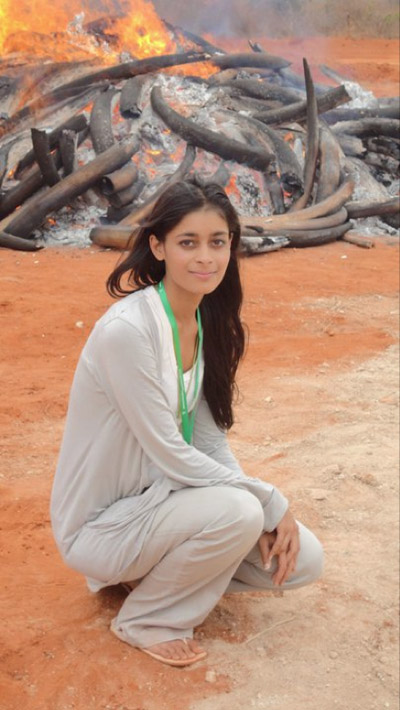
And this is the point where Raabia Hawa argues absolutely straightforward: How can anyone keep a fish of such an enormous size in an enclosure when there is nearly no knowledge about its habits and needs? But that much is absolutely obvious: the shark must swim to eat. Only in swimming constantly, the shark is able to let plankton and other small marine creatures float into its huge mouth. Some specimens are wandering thousands of kilometers all across the world seas, others stay in almost the same area. Some dive down to 1.500 meters and more, others only move near the sea surface.
Regarding to this, is an enclosure of 600 meters diameter with a water depth of about 17 meters big enough? Nevertheless, this shark always came across the Kenyan coast line only two times a year: Once in March and back again in October. When it comes more rare now, there might be less plankton or maybe of some absolute different reasons.
According to his website, Volker Bassen wants to offer tourists a three-hour-excursion for €120,00. This includes: Lectures about the biology of whale sharks; marine awareness in general; and a dive for about one hour with the gentle giants.
Raabia Hawa is not really against the combination of tourism and animal protection. What she is fighting against is caging animals in enclosures. Her point of view is, that one has failed already when animals are caged to protect them. In general, we have to protect animals in their natural habitat. This is the combination of animal protection and nature conservation. Therefore, she disgustedly labels Bassen’s Seaquarium as a ”submarine-zoo“ and accuses him, facing the fact that he was fishing all kind of sharks himself until a few years ago, only to run his pure business interests under the label of marine research and whale shark protection.
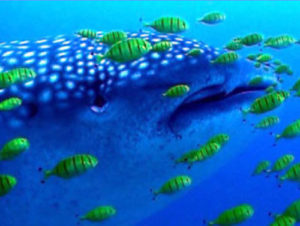
So for what reason, a fish of such a size should be caged which is used to wander several thousand miles a year across the vast seas? It probably would lose its seasonal rhythm if it got caged for six months at one place and maybe got disturbed in its ability of reproducing fundamentally or reaching its feeding areas at the right time.
Also, Dr. David Obura, a scientist for marine ecosystems and coordinator of the research and development organization CORDIO says: “There is no way such a species that migrates more than 3,000km annually and dives down to 1,000m, can be happily confined to a shallow sea pond with no possible escape from tourist stress, no ability to feed naturally, nor seek out the natural conditions that suit it at different times of the year, nor socialize.”
Bassen argues to the conservationists that we are caging big land animals in parks, so what is so bad in doing the same with whale sharks? But isn’t there a big difference between vast park reservations where elephants, rhinos and all others can even cross national borders, and a 16.000 square meter marine enclosure?
But beside of all that there are more upcoming questions regarding the daily operations: what happens during a heavy storm? And storms are not quite rare at the Kenyan coast. Will the Seaquarium stand such heavy winds and current? Will the enclosure be anchored stable enough or will the net be torn away with its chains on the sea ground? One thing is for sure: nobody can expect of experienced scuba divers to risk their lives in watching the enclosure during a heavy storm. How will the whale sharks be fed if there is no seasonal plankton anymore? An adult fish needs about 30kg food a day. It’s liable that NEMA, the Kenyan conservation authority which Bassen wants to approve his application, will ask such and other questions.
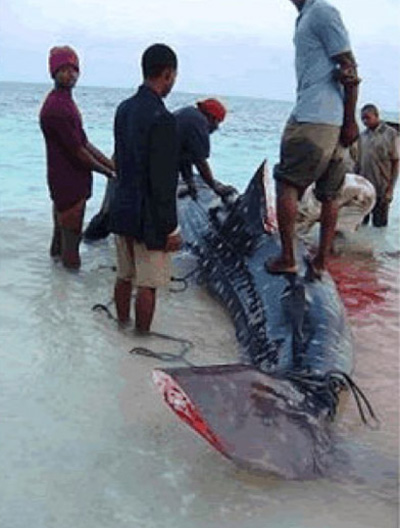
One thing is absolutely clear by now: It would help significantly if the Kenyan fishermen would stop haunting the whale shark. They are doing this – after they have almost killed all other smaller sharks in the area – of its liver oil which they call “Sifa” and use to protect their wooden fishing boats from shipworm infestation.
Instead of shark liver oil they could also use cashew nut shell oil, the EAWST says. The nut shell oil is as effective as the liver oil to protect the boats and would be a nice alternative that will save whale sharks.
A look on the EAWST website shows the organization has also a plan of producing and distributing the cashew shell oil. There are plenty of cashew farms along the coast and it would also create some jobs in the communities.
But why should a fisherman pay money for the nut shell oil when they can get the shark liver oil for free? And they don’t really understand what is so important in protecting the whale shark anyway. They don’t even eat the shark’s meat because they think it is toxic. To them the whale shark’s value is the liver oil and that’s it. Without a strict prohibition of shark hunting followed by hard penalties, such a program will not have a chance to work.
After several technical problems with the nets, chains and his boats and due to the massive protest of Raabia Hawa and her conservationists-network, Volker Bassen let rest all activities regarding his venture. He wants to avoid to jeopardize the approval of his application at the NEMA. The Kenyan authority is supposed to make decision about Volker’s request and his Seaquarium this coming fall season.
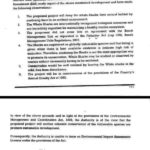
According to latest news by Raabia Hawa, the NEMA rejected Volker Bassen’s proposal to create his artificial marine enclosure for wild caught whale sharks for the following reasons:
The proposed project
– denied whale sharks their right to exist in their natural habitat
– did not adequately engage with local communities
– did not recognize that whale shark tourism can be promoted in the wild without capturing these animals
– would have been in contravention of Kenya’s 1962 Animal Cruelty Act
But this seems not to be the end of the story because Volker Bassen will not give up and plans another proposal (EIA).

